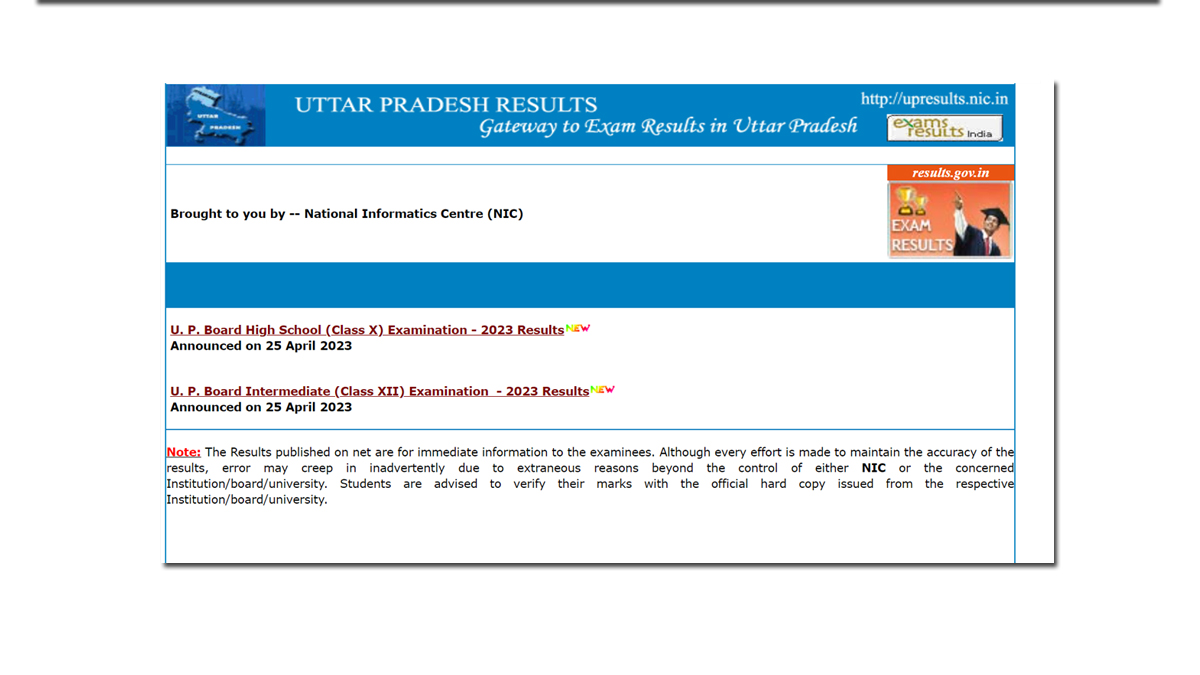Now Reading: “Ram Ram, Hanuman Hanuman”: Neem Karoli Baba enduring message
-
01
“Ram Ram, Hanuman Hanuman”: Neem Karoli Baba enduring message
“Ram Ram, Hanuman Hanuman”: Neem Karoli Baba enduring message

Neem Karoli Baba, or Maharaj-ji as his devotees called him, remains a shrouded figure even decades after his passing in 1973. This enigmatic Indian mystic emerged during the psychedelic counterculture movement of the 1960s, attracting a diverse following that included future spiritual teachers Ram Dass and Bhagavan Das, alongside musicians like Krishna Das and Jai Uttal.
Unlike other gurus of the era, Neem Karoli Baba wasn’t known for elaborate teachings or pronouncements. Accounts depict him as a simple, playful, and deeply compassionate soul. He is said to have emphasized selfless service (seva) and devotion (bhakti) as the path to spiritual liberation. His core message, though open to interpretation, is believed to have been “Ram Ram. Hanuman Hanuman.” (Repeating the names of Rama and Hanuman, central Hindu deities).
Why Neem Karoli Baba message continues to resonate
In today’s world filled with uncertainty, Neem Karoli Baba’s message of simple devotion and selfless service offers a guiding light. Here’s why his teachings remain relevant:
- A Path Beyond Rigid Structures: Unlike some traditional spiritual paths, Neem Karoli Baba didn’t require strict adherence to rituals or scriptures. His message focused more on cultivating love and compassion in daily life.
- Focus on Seva: Seva, or selfless service, is a cornerstone of Neem Karoli Baba’s perceived teachings. In a world obsessed with self-improvement, his message of helping others is a powerful counterpoint.
- The Power of Devotion: Bhakti, or devotion, is another core principle. In a world often filled with cynicism, Neem Karoli Baba is seen as an advocate for cultivating devotion to a higher power, a concept that brings solace and purpose to many.
Visiting Kainchi Dham: A Place of Peace
Neem Karoli Baba’s ashram, Kainchi Dham, nestled in the foothills of the Himalayas, remains a popular pilgrimage site. Visitors are welcomed by the serenity of the location and the warmth of the devotees. The ashram itself is a simple affair, reflecting Neem Karoli Baba’s unpretentious nature.

Kainchi Dham, Nainital
A Legacy of Love and Service
Neem Karoli Baba’s legacy extends far beyond his Western devotees. In India, he is revered as a saint, and his teachings continue to inspire thousands. His message of simple devotion, selfless service, and love for all beings offers a compelling path for those seeking a more meaningful life in our complex world.
Further Exploration
If Neem Karoli Baba’s story has sparked your curiosity, here are some resources to delve deeper:
- Ram Dass’s book “Miracle of Love” offers a personal account of his experiences with Neem Karoli Baba.
- Documentaries like “Windfall of Grace” explore his life and legacy.
- The Kainchi Dham Ashram website provides more information for those interested in visiting.
Neem Karoli Baba’s story is a testament to the enduring power of simple spiritual truths. In a world obsessed with material gain, his message of love, devotion, and service offers a welcome reminder of what truly matters.








